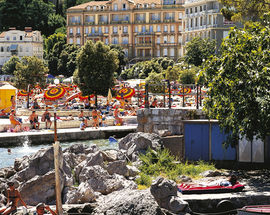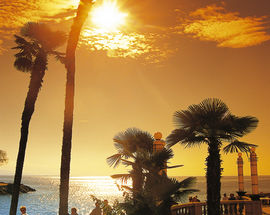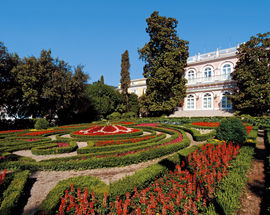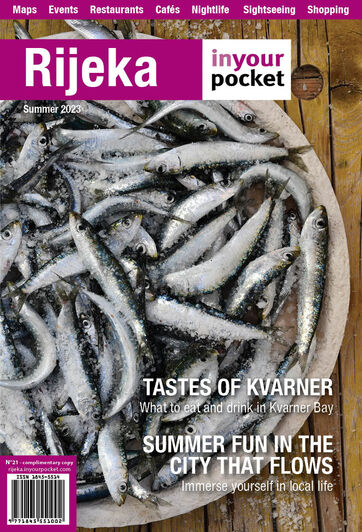Opatija Tourist Information Center
Opatija’s history as a tourist destination begins in the 1840’s when a merchant from the nearby city of Rijeka, Iginio Scarpa built the Villa Angiolina which served as both a family retreat and a venue for high-society gatherings. With members of the Austro-Hungarian aristocracy included on Scarpa’s guest list, the appeal of Opatija as a holiday destination rapidly spread. Tourists back in the nineteenth-century were not interested in sunbathing, bungee-jumping, and drinking themselves silly. They saw travel as a health-improving activity which took them away from smoky cities and provided them with a dose of fresh sea air. Opatija, with its warm climate and mild sea breezes, was the ideal destination.
Opatija had got its major breakthrough under the rule of the Austro-Hungarian Empire which was expanding its railway networks. Urged on by the advice of top doctors; notably the Austrian laryngologist Leopold Schrötter, who found the local sea air to be an excellent cure for throat complaints, the Southern Railway Company or Südbahn had built a direct line from Vienna to Rijeka. The construction of hotels was next on the agenda which was seen as a major requirement in order to meet the needs of a growing tourist industry. In 1884, the Südbahn had opened Opatija’s first sanatorium, the Kvarner which continues to operate today under the name Kvarner Hotel.
Since its early days, Opatija was always seen as an exclusive resort for the horse-and-carriage set and it had soon become popular amongst the Austro-Hungarian royal family. Emperor Franz Josef himself was a regular visitor, and was joined here by his German counterpart Kaiser Wilhelm II in 1894. Franz Ferdinand (the Archduke, not the 80’s pop rock band) would venture down to Opatija to indulge in a spot of bird-shooting at nearby Preluk.








Comments
Michael Cohen & Alison Hill
Vermont
I hope this finds all well with you. My wife and I came to Opatija for our 30th we wedding anniversary. It has been a wonderful stay - the water, the mountains, the hikes, the food, the architecture, the friendly people. However, the loud music at night destroys the beauty, and peace and quite of this charming place...not sure we could recommend others to come here because of that.